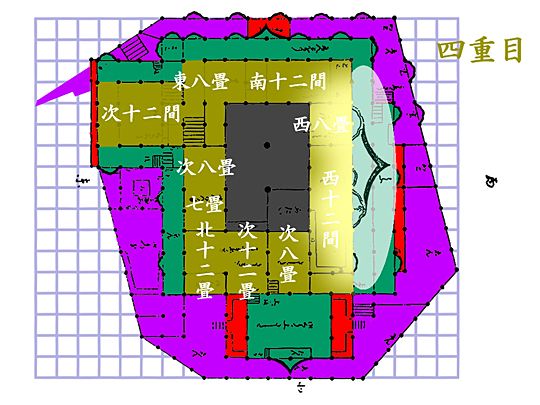
Space Tourism: Tech Behind the Experience
- 0
Imagine a vacation destination that is truly out of this world – literally. Space tourism is no longer just a concept from science fiction movies; it is rapidly becoming a reality thanks to advancements in technology. In this article, we will explore the tech behind the experience of space tourism and how it is revolutionizing the travel industry.
Suborbital vs. Orbital
Space tourism can be divided into two main categories: suborbital and orbital. Suborbital space tourism involves traveling to the edge of space, typically reaching altitudes of around 100 kilometers above the Earth’s surface. Companies like Blue Origin and Virgin Galactic are at the forefront of suborbital space tourism, offering short trips that provide passengers with a taste of weightlessness and a breathtaking view of the Earth from space.
On the other hand, orbital space tourism involves traveling to a much higher altitude and actually orbiting the Earth. Companies like SpaceX and Boeing are working on developing spacecraft capable of carrying tourists to the International Space Station (ISS) or other orbital destinations. These trips offer a longer and more immersive experience in space, but also come with a higher price tag.
Spacecraft Design and Technology
One of the key technologies driving the growth of space tourism is the development of reusable spacecraft. Traditional rockets were designed for one-time use, making space travel incredibly expensive. However, companies like SpaceX have revolutionized the industry by developing reusable rockets that can land back on Earth after a mission, significantly reducing the cost of space travel.
In addition to reusable rockets, spacecraft designed for space tourism must also incorporate advanced life support systems to ensure the safety and comfort of passengers during their journey. This includes systems for providing oxygen, removing carbon dioxide, and regulating temperature and humidity levels inside the spacecraft. Companies are also exploring innovations in food and waste management to make space travel more sustainable.
Training and Safety
Space tourism is not without risks, and passengers must undergo rigorous training to prepare for their journey. This includes familiarizing themselves with the spacecraft’s operation, learning how to move in microgravity, and practicing emergency procedures in case of a malfunction. Companies like Virgin Galactic offer simulation training to help passengers feel more confident and comfortable during their flight.
Another crucial aspect of space tourism is safety. Companies must adhere to strict guidelines and regulations set by government agencies like NASA and the FAA to ensure the well-being of passengers. This includes conducting thorough checks on spacecraft before launch, monitoring environmental conditions during the flight, and providing adequate medical support in case of emergencies.
The Future of Space Tourism
The tech behind the experience of space tourism is constantly evolving, with new developments and innovations being made every day. Companies are working on ways to make space travel more affordable and accessible to the general public, opening up a whole new frontier in the travel industry.
As technology continues to advance, we can expect to see more companies entering the space tourism market and offering a range of exciting experiences to those willing to venture beyond the confines of our planet. Whether you’re interested in a short suborbital flight or a longer orbital journey, the tech behind space tourism is making it possible for anyone to become an astronaut for a day.
Are you ready to book your ticket to space?

